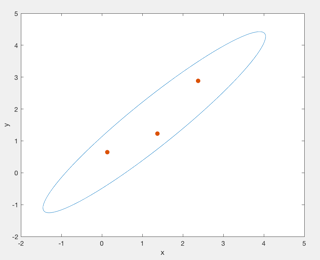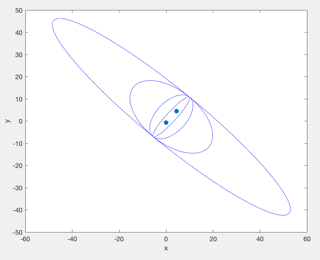Suppose I have $n$ data vector $X_1, ..., X_n$, where each $X_i$ is a length $p$ random vector.
The sample covariance matrix is $S=\frac{1}{n-1}\sum_i (X_i-\bar{X})(X_i-\bar{X})^T$. If I want to compute the generalized variance, I can compute the determinant of $S$, i.e. $|S|$.
In my actual use case where $p$ is fixed, but $p>n$, is $|S|$ the best estimator that I can use?
In my literature search I come across two types of papers, one that address the case when $p<n$ and talks about several different kinds of better estimators. The other talks about the case when $p$ can grow, but $p(n)<n$, and they talk about asymptotic results. This later case confuses me a bit because in my case, since $p$ is fixed, $n$ will become larger than $p$ in the asymptotics, but in practice I will never be in that case.
Edit
My purpose is to use the generalized variance as summary statistics. I know using a one number summary to describe the variability of multivariate data (functional data actually, in my case) is not a brilliant idea. But that is what is needed for practical purpose. So $\hat{\Sigma}$ (whatever estimator we use) has $p\times p$ many numbers (or $pC2$ many), which is too much. A one number summary like $tr(\hat{\Sigma})$ or $|\hat{\Sigma}|$ it better.



svd( ,'econ')in Matlab; if there are additional numerical zeros, these should probably also be eliminated?) $\endgroup$r,determinant()uses LU decomposition (if I have not misunderstood). But my question is not really on how to compute $|S|$, but whether $|S|$ is the best estimator to use. For example, some of the papers I cited use some sort of shrinkage estimator $aS+b\Phi$, or some bias corrected form like $S+\tau$. I am not saying these are better (or not), my question is whether $|S|$ is a good estimator. $\endgroup$